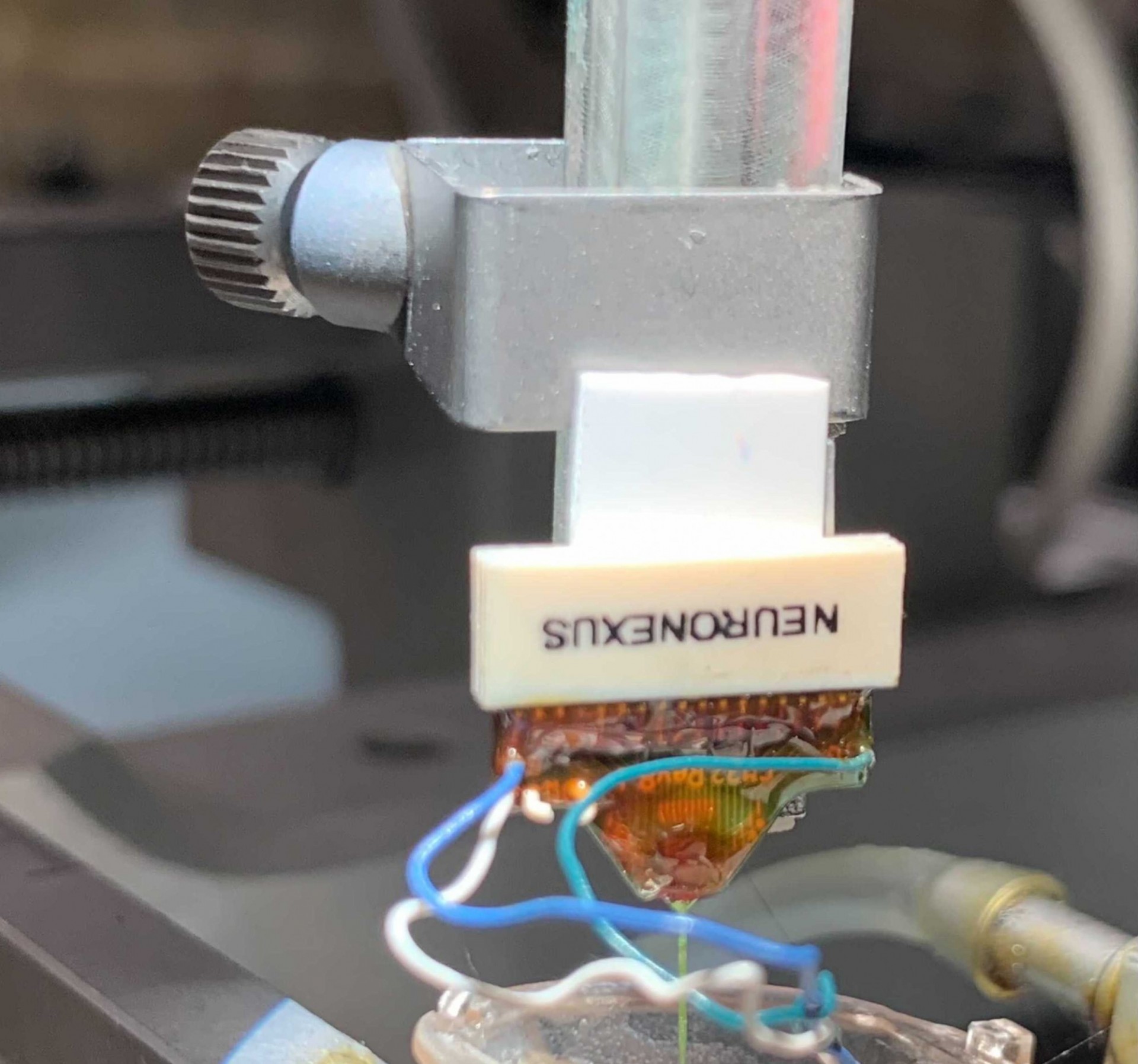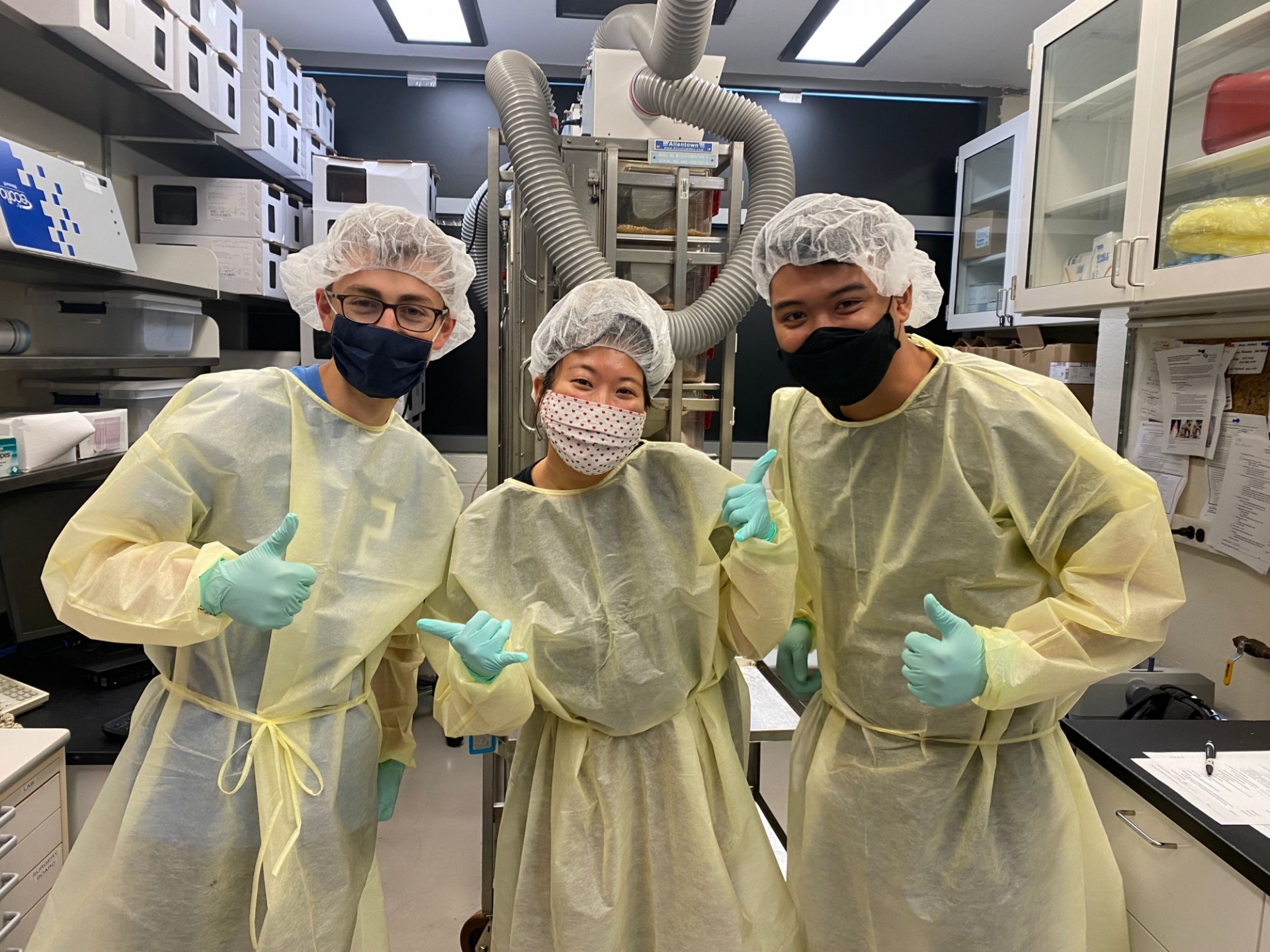Active Research Projects
Neuromodulation of sensory processing
Sensory processing is heavily dependent upon on brain state, which is regulated by several neuromodulatory systems, including the locus coeruleus – norepinephrine (LC-NE) system. As the primary source of NE to the forebrain through widespread projections, the LC regulates many essential brain functions. We use electrophysiology, gene editing, opto/chemogenetic manipulation, and behavioral paradigms, to investigate how LC activity modulates the formation of perception and behavior in both health and disease.
Neural circuitry mediating pupil-linked arousal
Non-luminance mediated changes in pupil size (i.e. changes in pupil size not resulting from changes in ambient luminance) have been increasingly used to index arousal state in human behavior. This is mainly because pupillometry (i.e. measurement of pupil size) is an easy, non-invasive, and inexpensive (thanks to the advances of consumer electronics) procedure. However, the underlying neural mechanisms that allow non-luminance mediated changes in pupil size to be indicative of arousal state remain elusive.
Recent Publication
Transcutaneous cervical vagus nerve stimulation improves sensory performance in humans: a randomized controlled crossover pilot study
News
Center of Excellence Established at Columbia to Study the Neuroscience of Decision Making
The Laboratory for Neural Engineering and Control is among those awarded to investigate the neural underpinnings of decision making and opportunities for brain-machine-interface integration.
Welcome to our newest PhD student, Yuhan Nong!
Welcome the lab Yuhan.




